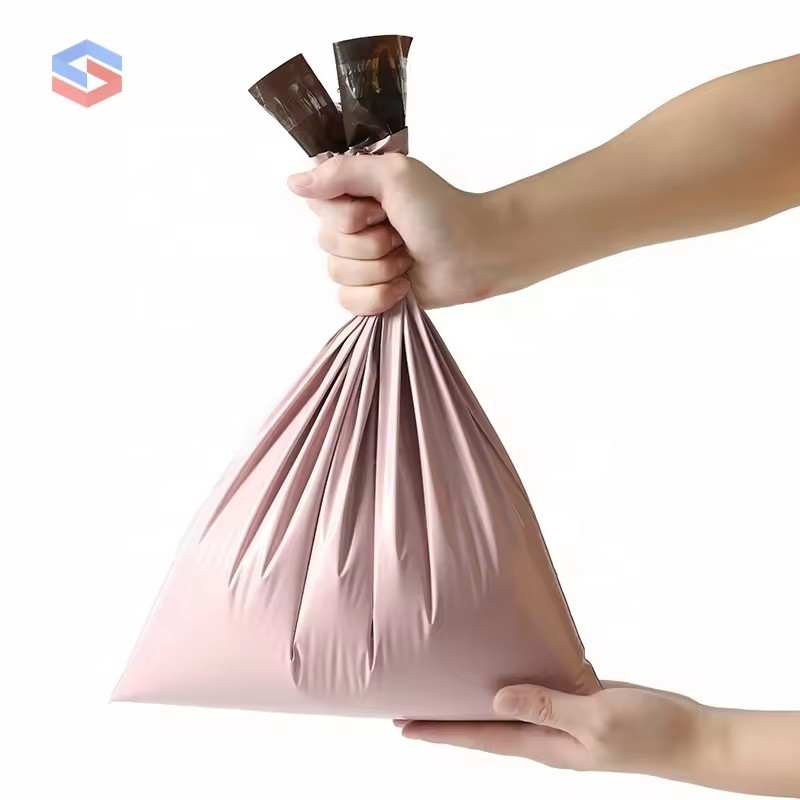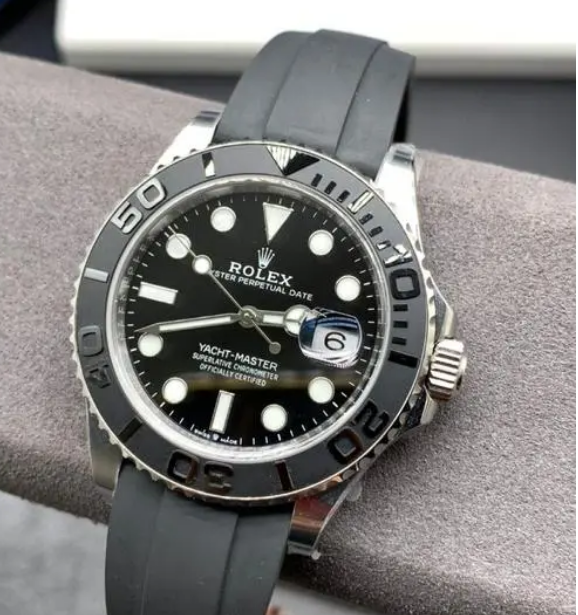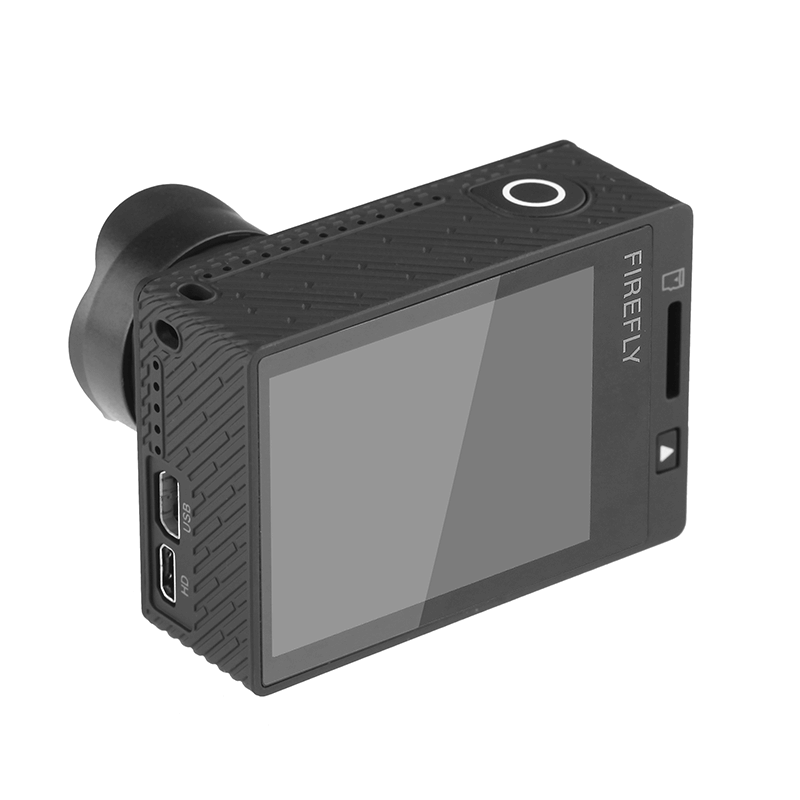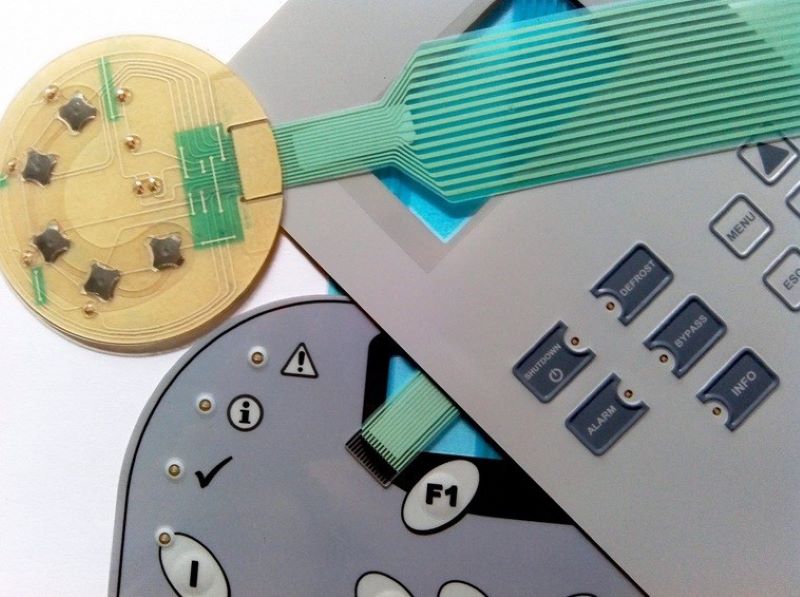Can Biodegradable Straws Really Degrade_
Plastic is one of the greatest inventions of the 20th century, but because it is “not environmentally friendly”, it has now been banned or abandoned in many fields. One of the products that replaced it is “degradable plastic”, such as compostable PLA straws. However, is degradable plastic definitely more environmentally friendly? How can it be degraded? How long does it take? Today we will learn more about the knowledge of degradable plastics.for a long time biodegradable dog poop bags It has an extraordinary development speed, and I believe that the future will be as overwhelming as ever. https://biodegradable-gd.com
If “degradable” is understood as an absolute concept, then all kinds of plastics can basically be degraded in some way in a long or short period of time and in some environment. If this discussion is meaningful, “degradable” should be understood as a relative concept-what substance (toxic or not) can be degraded in what way and in what environment in how long?
At present, the more authoritative definition of degradable plastics is: a type of plastic that can eventually be completely degraded into carbon dioxide (CO2) or/and methane, water (H2O) and mineralized inorganic salts of its elements and new biomass under various conditions in nature. In the definition, various conditions in nature are generally divided into six categories: soil, compost (including traditional compost and garden compost), marine environment, freshwater environment, sludge anaerobic, and high solid anaerobic. Therefore, for the definition of degradable plastics, we can summarize it in one sentence: most of the components of degradable plastics can be almost completely degraded into common substances in nature in the corresponding natural environment.
PLA is a biodegradable and bioactive thermoplastic derived from renewable resources such as corn starch, sugarcane, or cassava. Unlike petroleum-based plastics, PLA is designed to break down more readily under specific conditions. The process of making PLA involves fermenting the sugar from these renewable resources to produce lactic acid, which is then polymerized to form polylactic acid.
Degradable plastics on the market generally refer to biodegradable plastics. Biodegradation usually refers to the ability to completely degrade into carbon dioxide, water, inorganic salts and new biomass with the participation of microorganisms in nature. This is also the reason why everyone thinks biodegradable plastics are more environmentally friendly.Depending on the raw materials of plastics, biodegradable plastics can be divided into “bio-based biodegradable plastics” and “fossil-based biodegradable plastics”. The former is commonly polylactic acid PLA (mostly used for disposable straws), the raw materials are mainly corn starch, and may also be other biomass; the latter is commonly PBAT, which is made from petrochemical resources (including coal and oil). If you have biodegradable plastic bags at home, you can look at the product logo, which generally contains PBAT.
It can be seen that, whether bio-based or fossil-based, these biodegradable plastics are not like fallen leaves that can be completely degraded by simply throwing them on the ground. In theory, biodegradable plastics can be degraded or recycled in a variety of environments, but the best is to use industrial high-temperature composting to completely degrade them in a shorter period of time. According to this idea, degradable plastic waste should be thrown into kitchen waste bins or wet garbage bins, and then sent to industrial composting equipment.
Biodegradable PLA straws have the potential to degrade under specific conditions, primarily in industrial composting facilities. While they offer an improvement over traditional plastic straws in terms of environmental impact, their real-world effectiveness is limited by infrastructure and disposal challenges. To truly capitalize on the benefits of PLA straws, we must invest in better waste management systems, educate consumers, and continue to innovate in the field of sustainable materials. By doing so, we can move closer to a future where single-use items have minimal environmental impact.





